Market Share
Pervious Pavement Market Share Analysis
In growing Pervious Pavement Market, companies construct various techniques to reach the target market and emerge a winner. One of the central components of the market share positioning is steady innovation and technology developments in porous asphalt construction. The firms will develop and implement research in new designs, enhanced permeability, and durable of pervious pavement system that will include among, other things, water drainage efficiency, environmental sustainability and flexibility to serve many applications. Through providing innovative answers to the challenge of the environmental concerns regarding parking lots, sidewalks, etc surfaces companies can gain customers who expect cleaner and better options for this service.
The strategies of pricing being the most important factor for the market positioning in the Pervious Pavement Market. By using a cost leadership model, organizations offer their pre-existing pavement solutions at a bargain type of price in order to attract those municipal cases and developers who prioritize their budget. However, with premium prices come the brands that boast exceptional breathability, rainproofness, and between-the-lines customization. The premia approach is based on the idea that customers who buy products of top level are prepared to pay more and generally perceive the value of the product.
It is forecast that the annual growth rate of constructions is at 7.1% which is an essential contributor for the growth of pervious pavement market. Besides, this nature has made pervious pavements economical due to easily available raw material at lower cost and less demand for workmanship. Instead of the materials which cost one a lot when being transported from far, the locals ones can be easily accessible and will reduce the transportation cost. With the capable adiabatic properties and heat island mitigating impacts in its core, the market demand for these materials is projected upwards.
Developing a well-working and wide distribution network is one of the most important factors in a provider of a product's or service's market positioning. Companies join contracts with construction agencies, civil engineers and landscaping contractors in order to make almost all their pervious pavement options available for application. Besides making the market reach longer, a well-constructed distribution system also came in handy in making it effortless for the clients to buy these eco-friendly paving materials whenever they want them for their construction projects. Consumers are sensitive to accessibility, which forms a key indicator determining their choices, and the companies strive to meet the demand in the most marketable way possible.
The strategic collaboration with a set of the major construction, civil engineering and environmental stakeholders are the prime aspect of the market share positioning strategy for this Pervious Pavement Market as well. The formation of a strategic partnership with the city planners, environmental agencies, or landscape architects will allow the companies to tap into collective experience, gain access to new market, and all parties can together face challenges like pervious pavement specifications and project requirements.

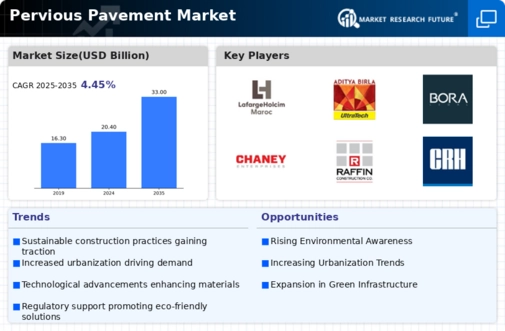
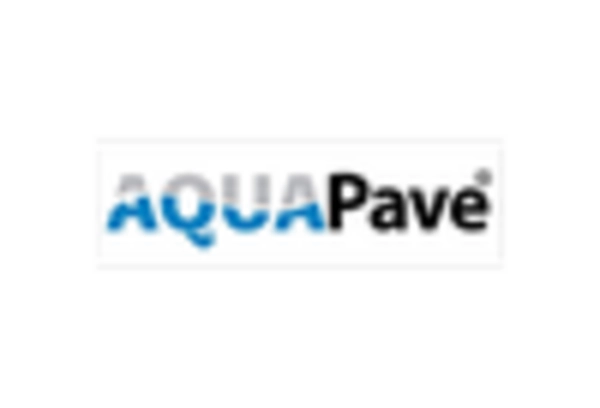
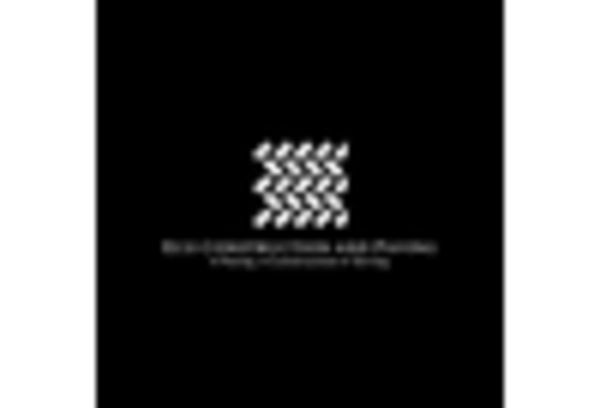
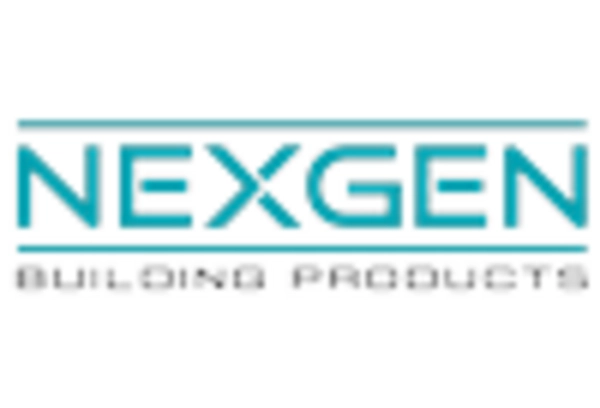
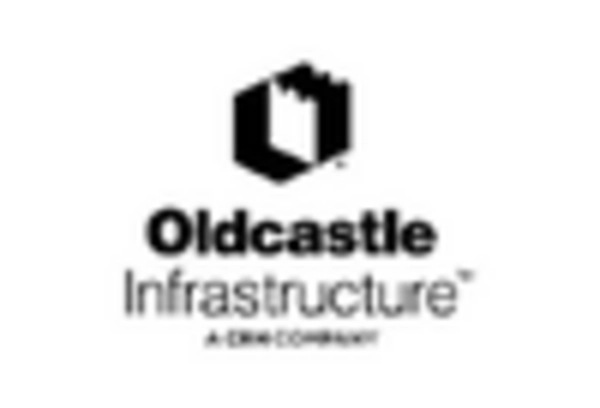
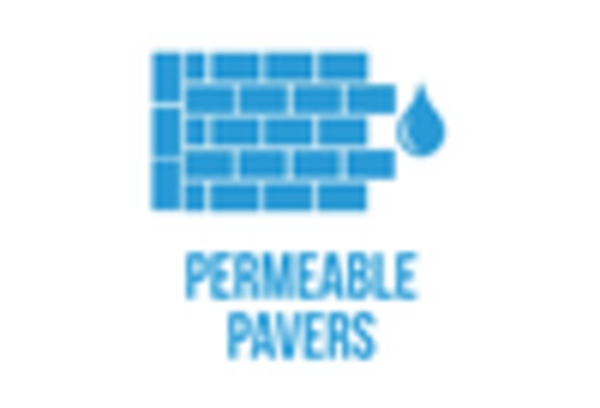










Leave a Comment